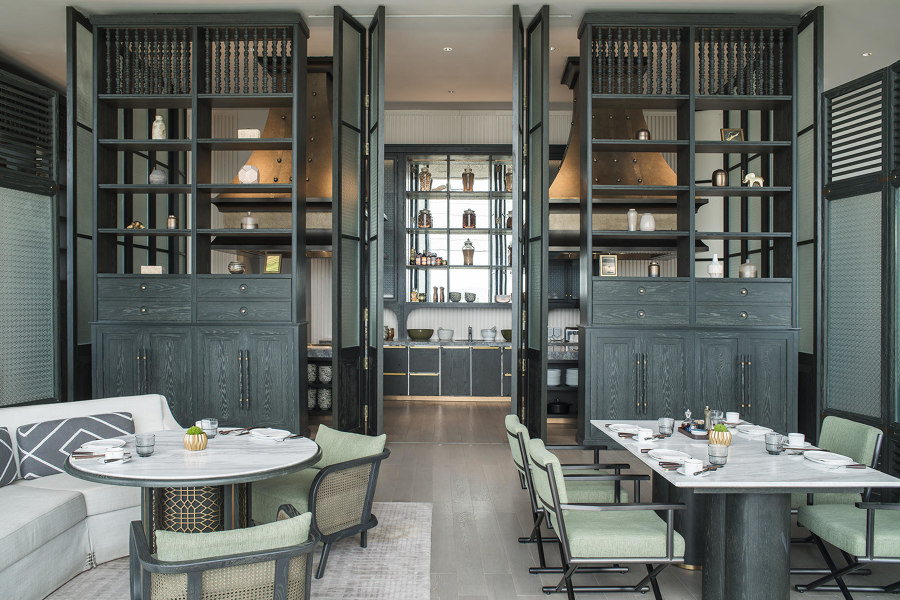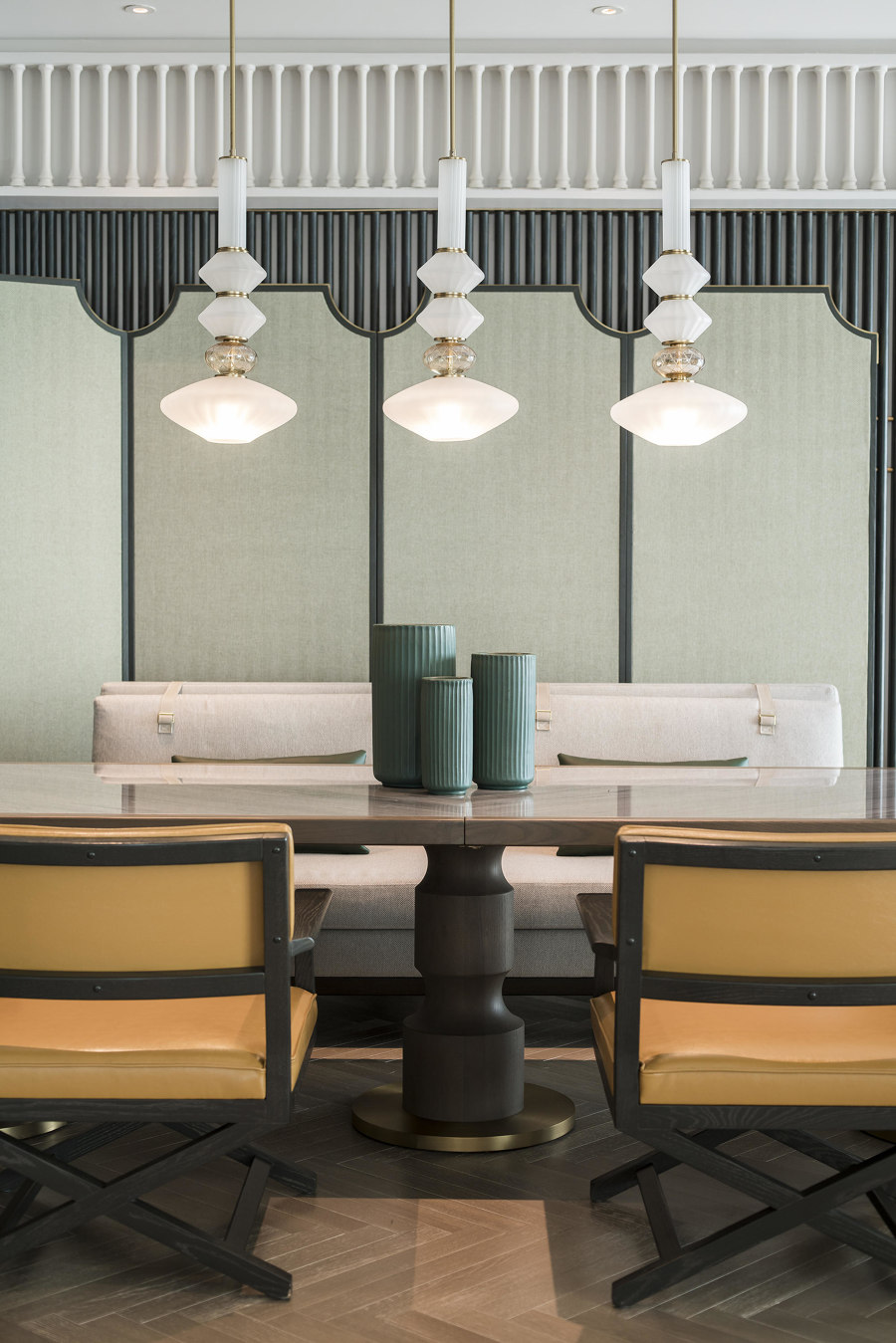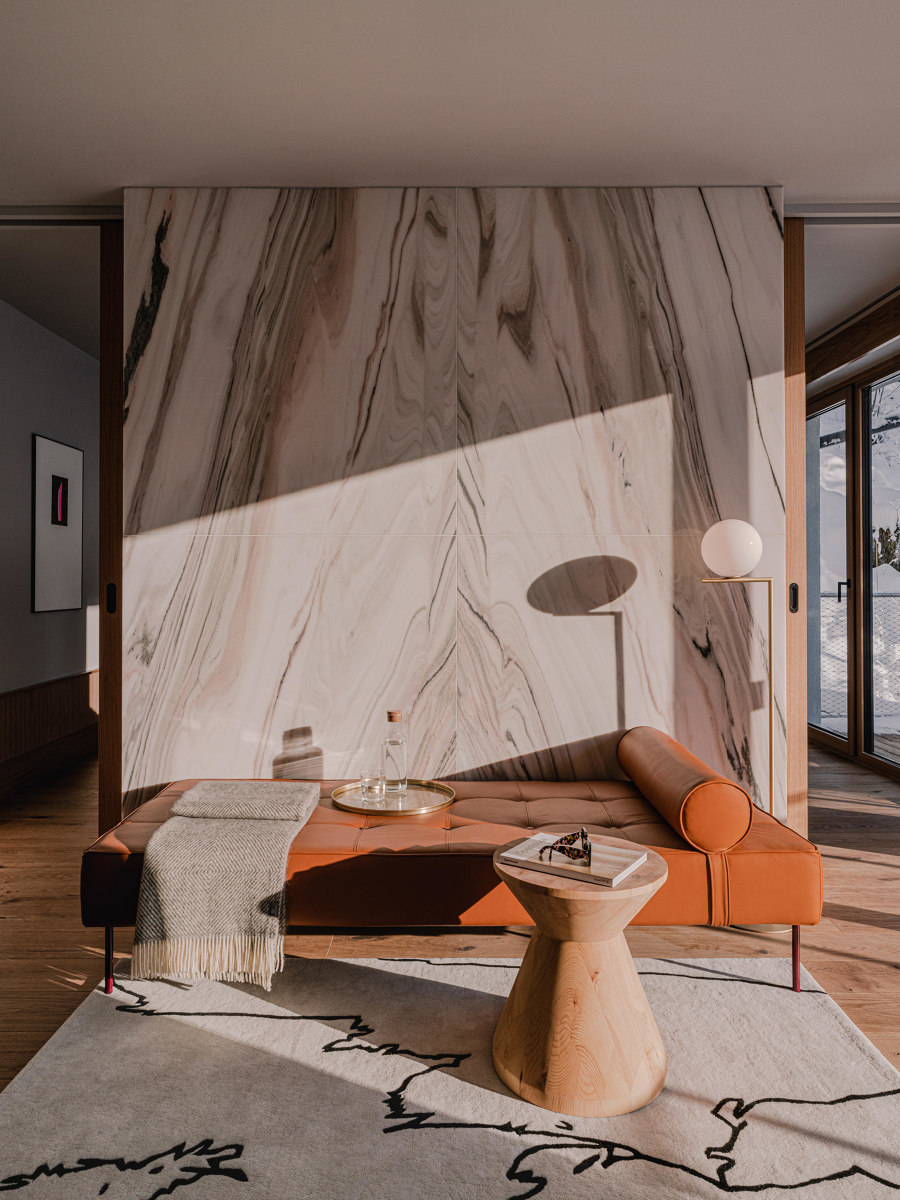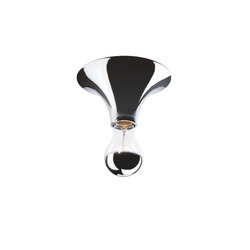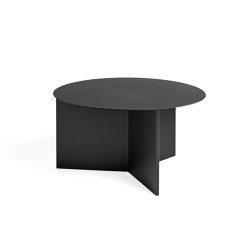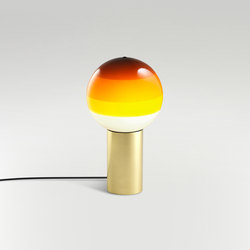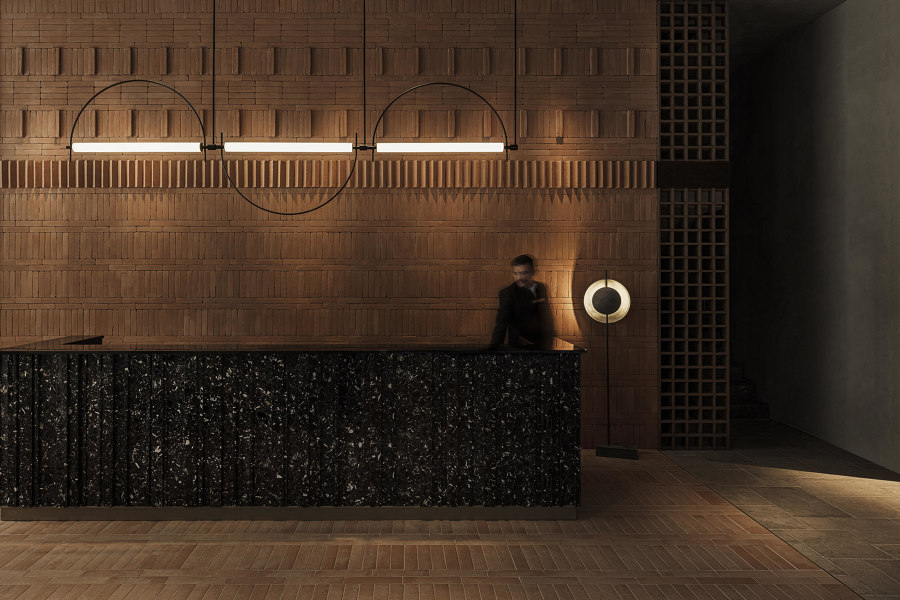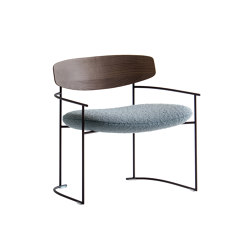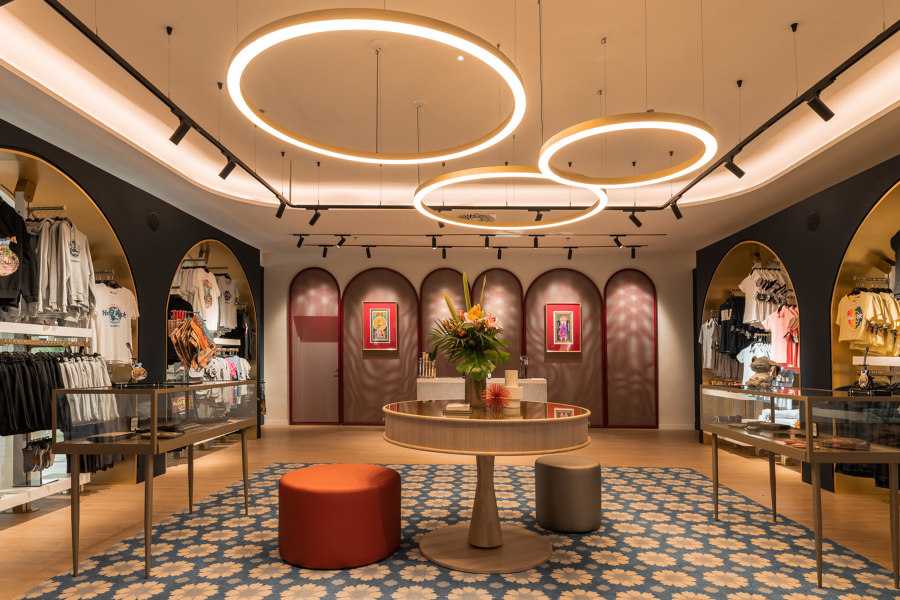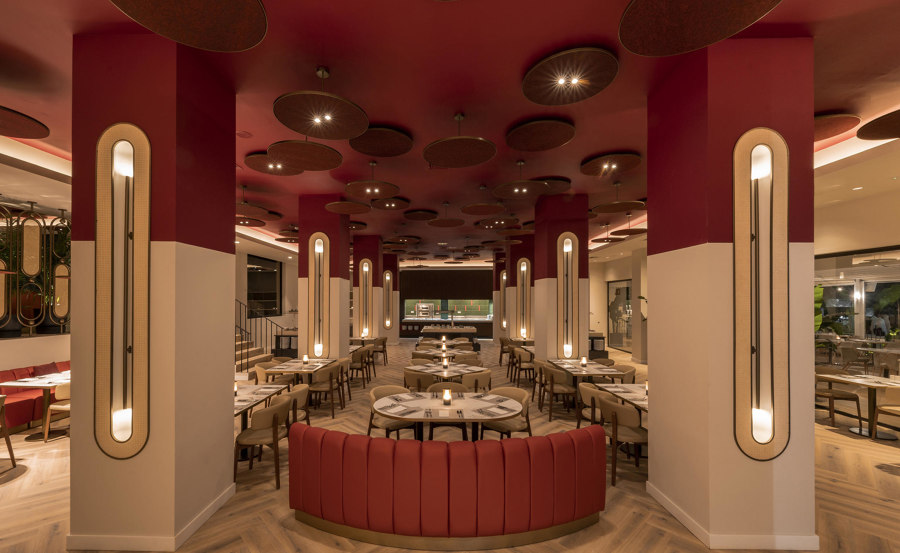Newly opened hotel interiors that reflect their environment
Texte par Claire Brodka
08.09.23
Bringing the outside in isn't just one of the most prominent interior trends of the last century. For these newly opened hospitality projects, it's a way to root themselves in their local surroundings and offer guests a truly authentic stay.
In the lobby bar of Marbella's new Hard Rock Hotel by Studio Gronda, a grand piano is camouflaged among lush vegetation. Photo: Jose Salto
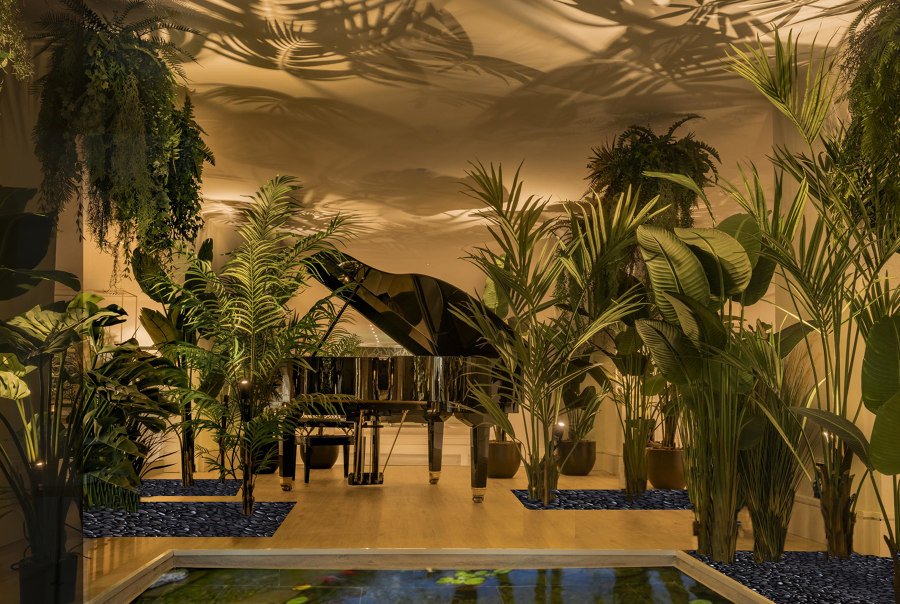
In the lobby bar of Marbella's new Hard Rock Hotel by Studio Gronda, a grand piano is camouflaged among lush vegetation. Photo: Jose Salto
×In an age where the digital world often overshadows the natural, captivating interiors seek to bridge the gap between our fast-paced lives and the innate tranquility of the outdoors. The trend of bringing nature inside is an enchanting movement that has taken the design world by storm. Embracing the soothing aesthetics of the natural world, it invites us to rediscover a harmonious coexistence with the environment by seamlessly blending organic elements into our living spaces. From cascading greenery adorning minimalist interiors to the incorporation of natural textures and materials, the movement captures the essence of serenity while redefining the very concept of indoor spaces.
It's fitting then that these hotel interiors – all opened within the last year – have regarded the allure of their surrounding nature not merely as an afterthought, but a central theme that defines their aesthetic language. Wooden textures, stone accents and earthy tones come together to create an ambiance that resonates with the calm of a surrounding forest grove, snow-covered mountains or a sun-kissed beach. By harmonising organic materials with contemporary design from their respective region, these four projects create an atmosphere that not only pleases the eye, but offers an oasis of serenity to reconnect with nature in the lap of luxury.
Hoiana Hotel & Suites in Vietnam by CCD took the area's French colonial style as its design thread, but incorporated local materials and artistic elements to create a memorable, sensory experience in space. Photos: Fred Wissink

Hoiana Hotel & Suites in Vietnam by CCD took the area's French colonial style as its design thread, but incorporated local materials and artistic elements to create a memorable, sensory experience in space. Photos: Fred Wissink
×Opened in 2022, this exclusive property on Vietnam's coastline is located within one of the most comprehensive tourism resorts in Asia. Mass market appeal, however, is not the impression guests are greeted with upon entering the vast hotel lobby. Instead, the area's colonial history inspired a French-style symmetric spatial layout both for the shared areas and private guest rooms, which is punctuated by references to the surrounding tropical rain forests and interspersed with tea wares, lamps and flower decorations that represent local aesthetic taste and cultural features.
Woven textures, French shutters, pendant lamps and prints show the fusion of modern and local history throughout the property
Materials and textures also played a significant role in embedding a sense of place. As detailed by design firm CCD, this was achieved by interpreting 'old materials in an innovative way, and creating a contrast of the old and new in different functional areas to produce varied spatial experiences.' Woven textures, French shutters, pendant lamps and prints show the fusion of modern and local history throughout the property.
In the middle of the Austrian alps lies the cōmodo Bad Gastein. Reborn from the bones of a former health resort from the 1960s, weStudio's interiors translate a mid century atmosphere into a modern mountain escape. Photos: Pion Studio
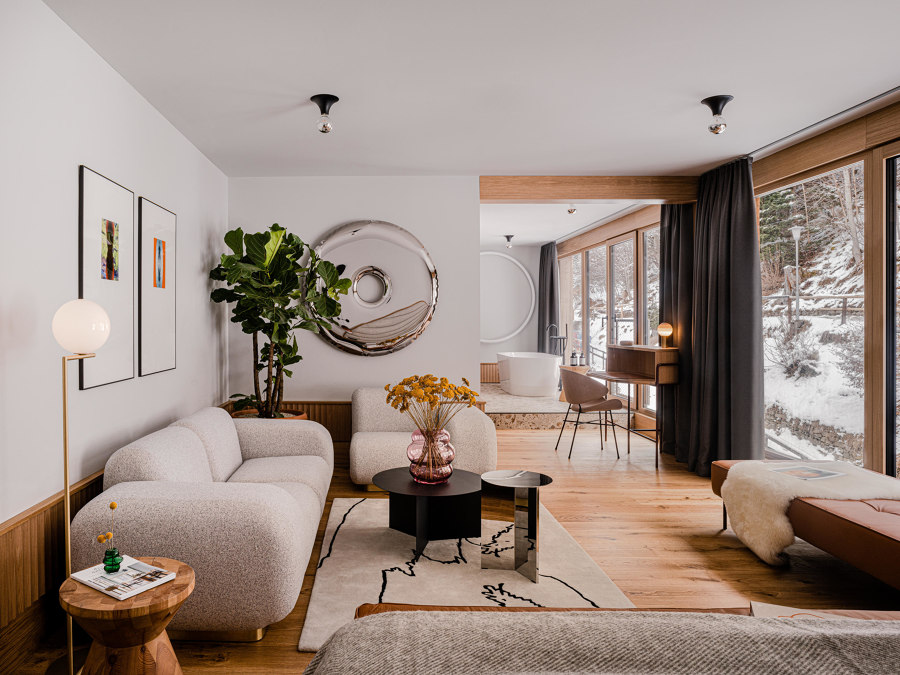
In the middle of the Austrian alps lies the cōmodo Bad Gastein. Reborn from the bones of a former health resort from the 1960s, weStudio's interiors translate a mid century atmosphere into a modern mountain escape. Photos: Pion Studio
×'Context is key in creating a coherent, unified design and so a deep understanding of the history and location of the site is crucial', explain designers weStudio of their approach to outfitting the newly opened the cōmodo in the Austrian spa town of Bad Gastein. Referencing the beauty of the surrounding snow-capped mountains and uniting the interior experience with the views pouring in through the floor-to-ceiling windows was a must.
'Context is key in creating a coherent, unified design and so a deep understanding of the history and location of the site is crucial'
A major factor in achieving this blended indoor-outdoor flair was echoing the shapes and colours of the alpine exterior through custom designed furniture, wallpapers, rugs and artwork. Photographs of the local landscape are juxtaposed with dried wildflower decorations, dramatic marble backdrops, wooden accents and plush textiles that together evoke the dynamic fusion of comfort and ruggedness so inherent to the property's locale.
MonAsty’s interior design by Not a Number Architects draws inspiration from the thousand-year byzantine heritage of the surrounding city of Thessaloniki. Photos: Yiorgos Kordakis
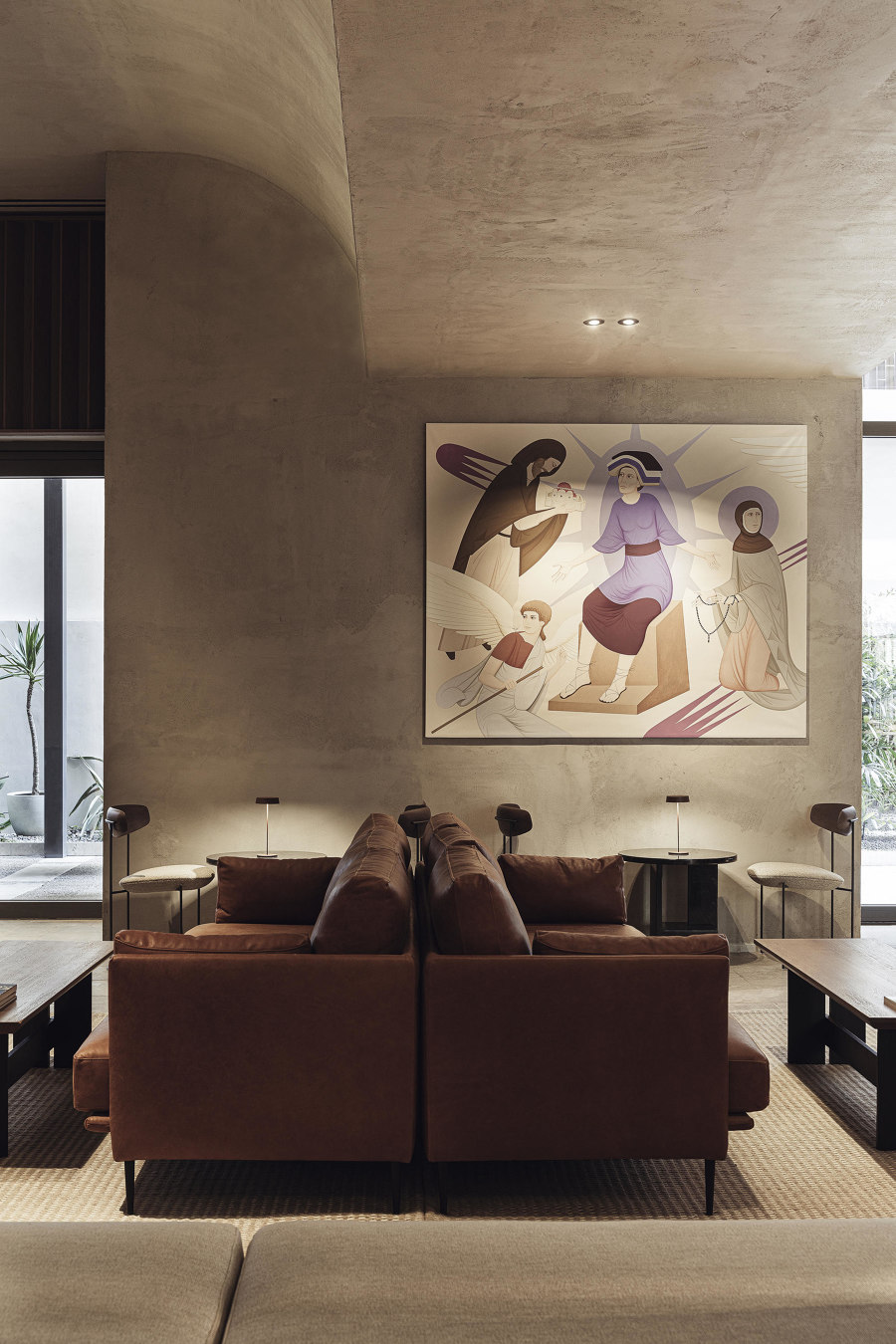
MonAsty’s interior design by Not a Number Architects draws inspiration from the thousand-year byzantine heritage of the surrounding city of Thessaloniki. Photos: Yiorgos Kordakis
×For NaNA (Not a Number Architects), the challenge to unite the characteristic aesthetics of a well-known international luxury hotel brand with Thessaloniki's unique byzantine heritage was a welcome one. Due to MonAsty's unique site within the city – neighbouring multiple Christian orthodox temples and one of the oldest active monasteries – as well as the area's mystic heritage, the studio opted for a rich array of neutrally-shaded local materials and different lighting techniques to create a spiritual colour palette and ambiance.
'Elements that intensify the monastic references such as alcove shaped seating banquettes and domed ceilings are carefully combined while materials that celebrate craftsmanship such as weathered leather, woven rattans, brushed wood and smeared mortars create a rich tactile experience', explain the design team. Site specific paintings by local artist Fikos as well as water elements and lush greenery in the secret hotel garden complete the serene and reverent atmosphere.
The Rock Shop (top) in Studio Gronda's Hard Rock Hotel Marbella contains clear ties to Andalusian architecture: carpet with local tile motifs, traditional Spanish grating in burgundy and contrasting golden arches over the blue walls. Photos: Jose Salto
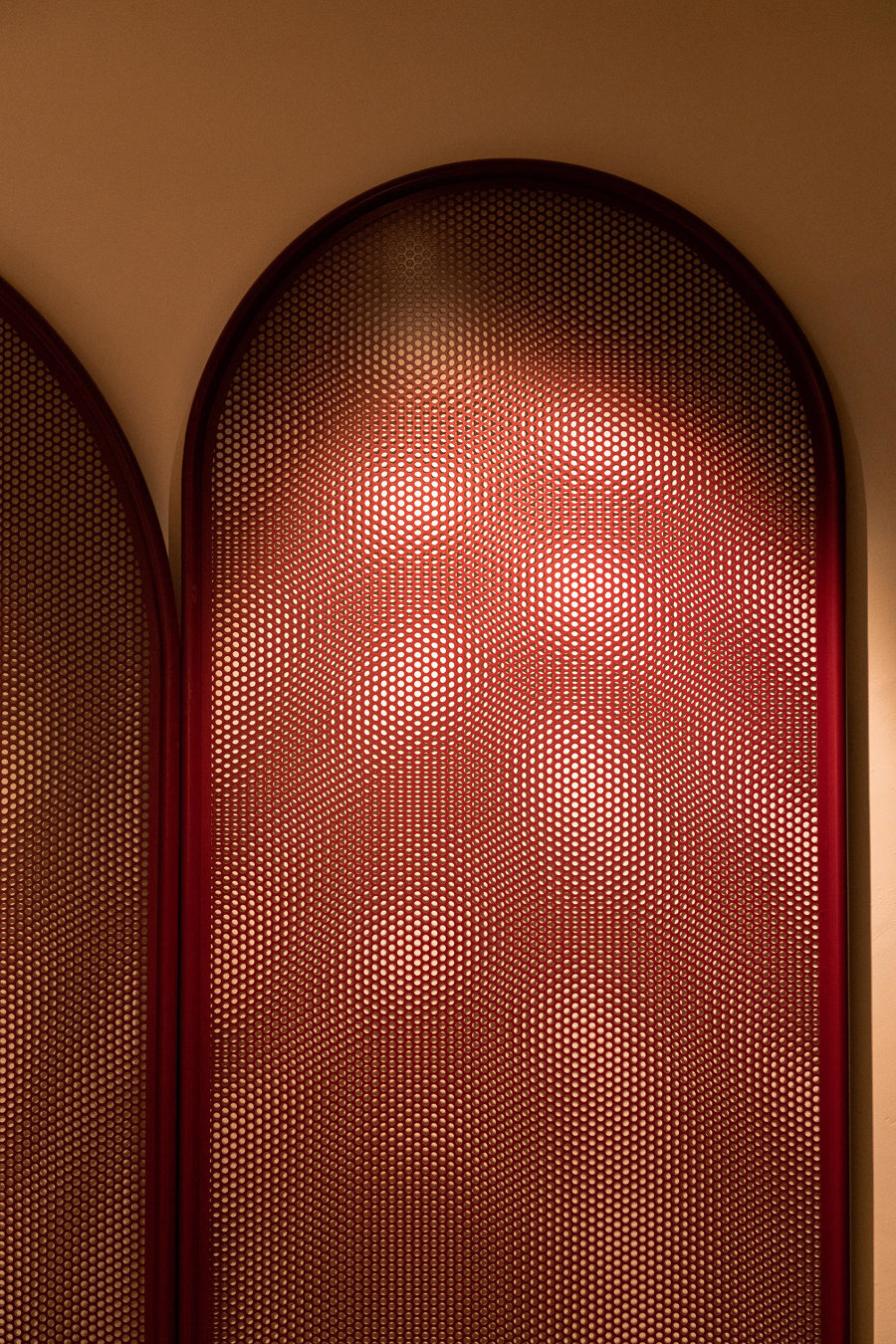
The Rock Shop (top) in Studio Gronda's Hard Rock Hotel Marbella contains clear ties to Andalusian architecture: carpet with local tile motifs, traditional Spanish grating in burgundy and contrasting golden arches over the blue walls. Photos: Jose Salto
×Reverence was decidedly not the effect Studio Gronda tried to achieve with their interior design for the new Hard Rock Hotel on the Southern Spanish coast. Instead, this funky fusion of hospitality branding and local tradition involved strong references to Andalusian architecture, the work of Pablo Picasso, local ceramics and flamenco.
This particular fusion of hospitality branding and local tradition involved references to Andalusian architecture, the work of Pablo Picasso, local ceramics and flamenco
'Each space invokes a unique experience through this combination of traditional elements with a modern and contemporary overlay', the designers elaborate. The Rock Shop in particular delivers with its 'carpet with Andalusian tile motifs, traditional Spanish grating in burgundy and a strong contrast of golden arches over the blue walls.' For the ever-present rock memorabilia throughout the hotel's public areas, Studio Gronda designed custom furniture and large window displays that once again echo the arches present throughout the surrounding coastal Spanish architecture.
© Architonic
Head to the Architonic Magazine for more insights on the latest products, trends and practices in architecture and design, or find inspiration in a whole world of projects from around the globe through ArchDaily's architecture catalogue.

